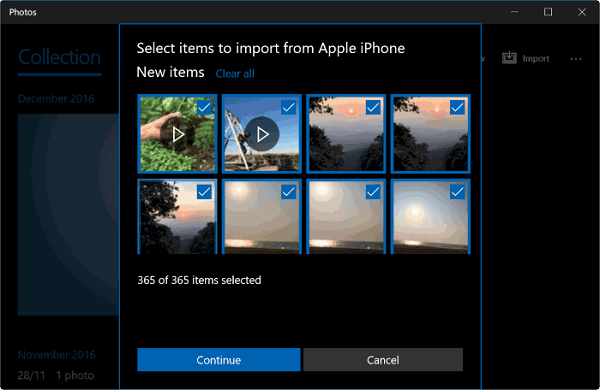
If the instructions above didn’t work, try opening the Sound Control Panel and setting Headphones (AirPods Pro Stereo) to the default audio device.
AirPods connected but not enabled: Your AirPods may be connected, but not selected as the audio output device. Yet, since the automatic pairing feature isnt available for non-iOS. Once your AirPods are in pairing mode, try again. But, they can also work with other devices as they use the standard Bluetooth connection. There are a number of steps you can take to fix AirPods that won’t connect. 
AirPods not in pairing mode: The white light on your AirPods case needs to be flashing, or you won’t be able to make the initial connection.Fix your Bluetooth problem, and then try again. If they don’t, then it may be Bluetooth isn’t working on your laptop. Bluetooth not working: Check to see if any other Bluetooth headphones work.Follow the prompts to connect your iPhone to your PC via QR code. iMessage on Windows 11 (Image credit: Microsoft) 3. Bluetooth driver out of date: If your Bluetooth driver isn’t up to date, you may have problems connecting to AirPods. Open the Phone Link app on Windows 11 and click on iPhone.Then open the case, remove the AirPods, and see if they connect. Try turning Bluetooth off and then enabling it again with your AirPods shut in their case.
 Bluetooth not enabled: Make sure Bluetooth is enabled on your laptop. Right-click on the usbaapl64.inf file (may be listed as "usbaapl.inf" instead).Īfter installing, you should disconnect your iPhone, restart your PC, and then connect your iPhone again. Type: %ProgramFiles%\Common Files\Apple\Mobile Device Support\Drivers. Press the Windows+ R keys simultaneously, in order to open the Run command box. from Apple's website), you will need to take a slightly different route in updating your drivers, as described below:
Bluetooth not enabled: Make sure Bluetooth is enabled on your laptop. Right-click on the usbaapl64.inf file (may be listed as "usbaapl.inf" instead).Īfter installing, you should disconnect your iPhone, restart your PC, and then connect your iPhone again. Type: %ProgramFiles%\Common Files\Apple\Mobile Device Support\Drivers. Press the Windows+ R keys simultaneously, in order to open the Run command box. from Apple's website), you will need to take a slightly different route in updating your drivers, as described below: 
Hopefully, your PC will recognize it.īut if you happen to have downloaded iTunes from Apple (i.e. Click Search automatically for updated driver software.Īfter updating, you should disconnect your iPhone and then reconnect.This may be written as "Apple iPhone" or "Apple Mobile Device", or "Apple Mobile Device USB Driver".
 Right-click the driver option that represents your iPhone. Scroll down and click the Portable Devices tab (note: this may be called "Imaging Devices" or "Other Devices", depending on your version of Windows). Unlock your iPhone and open the Home screen, then connect it via USB cable to your PC (close iTunes if it opens upon connecting). In most cases, you would have downloaded iTunes from the Microsoft Store, which means that you need to follow the steps below: This step applies only to Windows users, and it involves updating the software that handles how your computer connects with your iPhone.
Right-click the driver option that represents your iPhone. Scroll down and click the Portable Devices tab (note: this may be called "Imaging Devices" or "Other Devices", depending on your version of Windows). Unlock your iPhone and open the Home screen, then connect it via USB cable to your PC (close iTunes if it opens upon connecting). In most cases, you would have downloaded iTunes from the Microsoft Store, which means that you need to follow the steps below: This step applies only to Windows users, and it involves updating the software that handles how your computer connects with your iPhone.








 0 kommentar(er)
0 kommentar(er)
